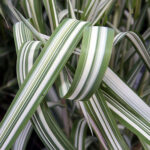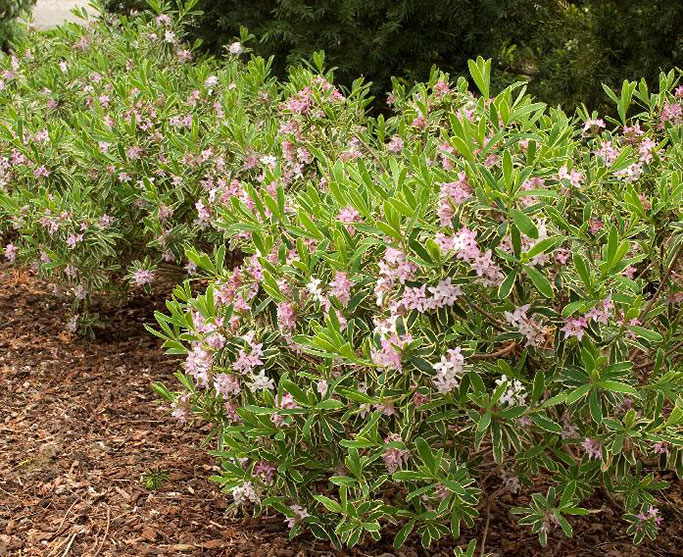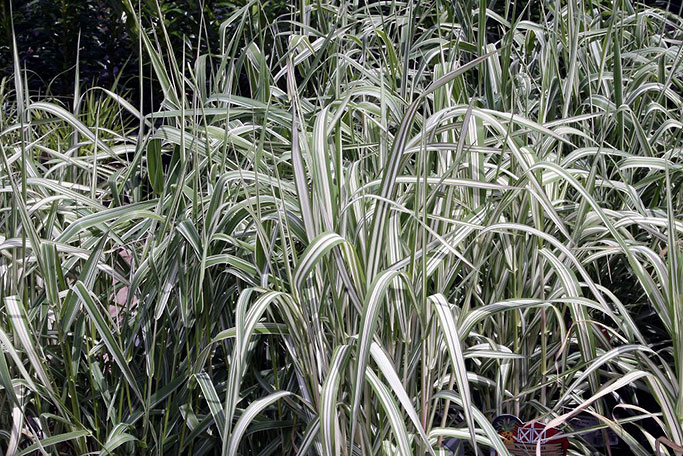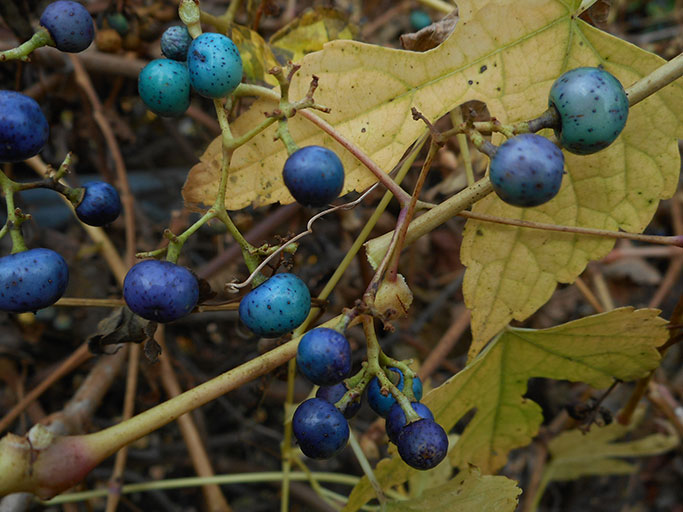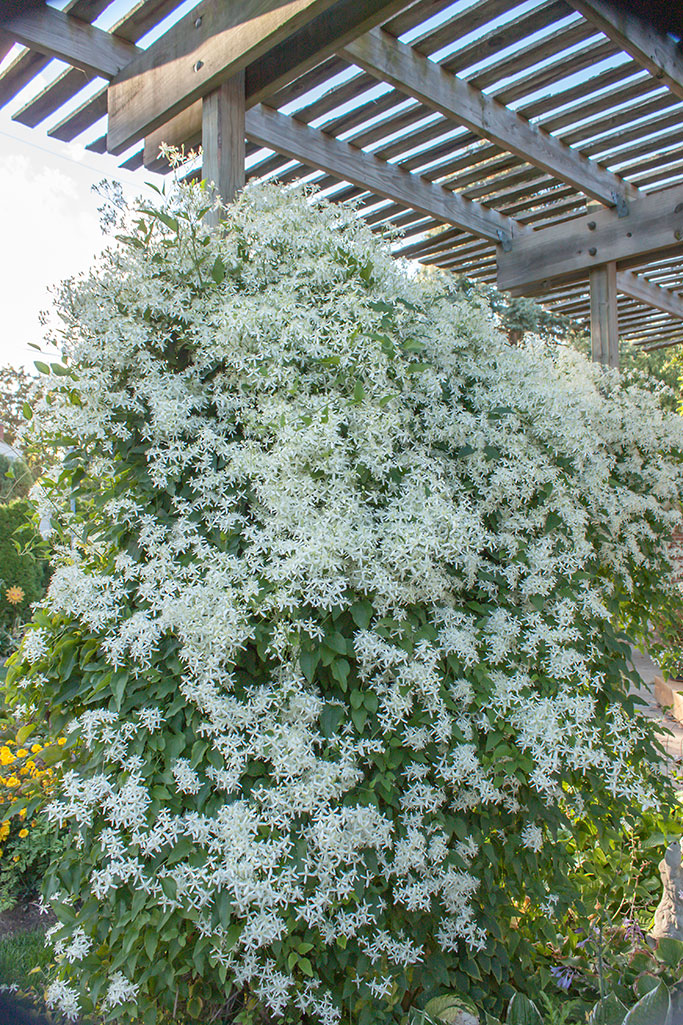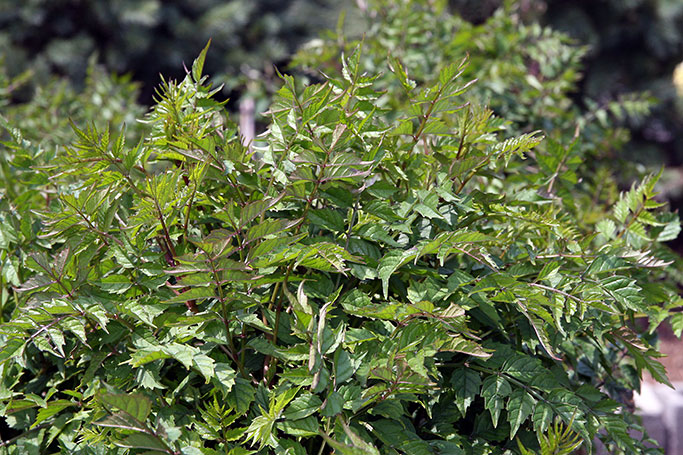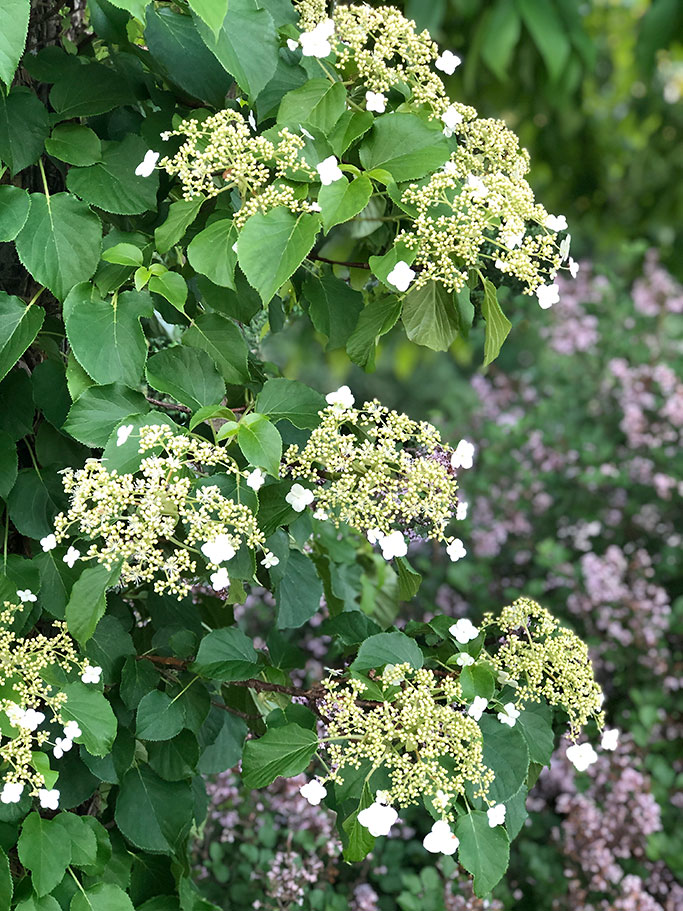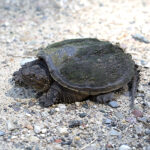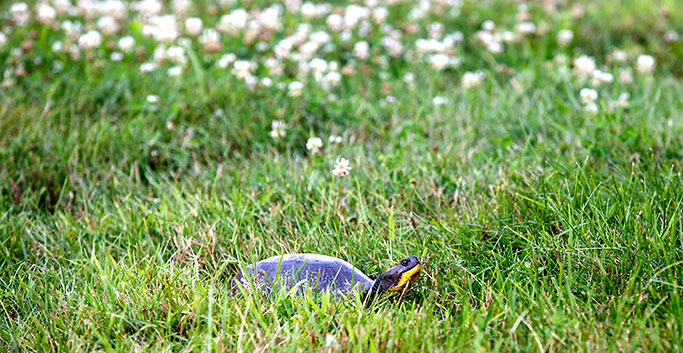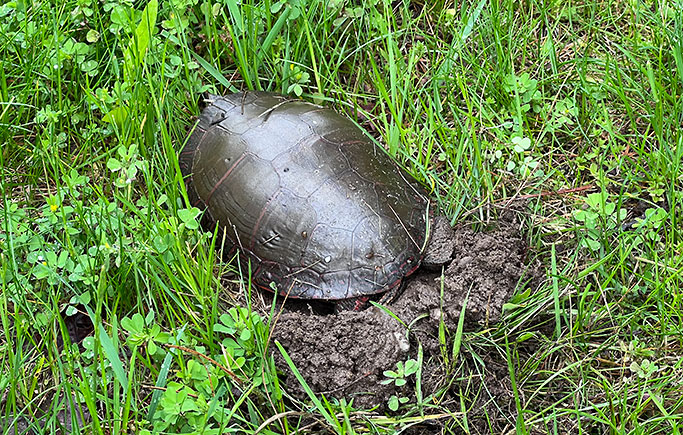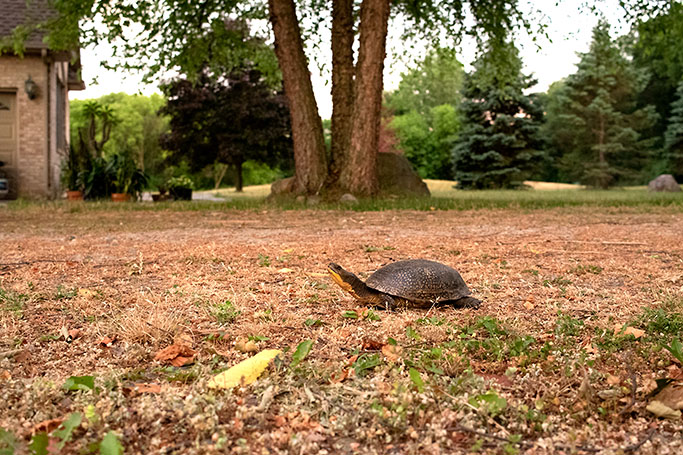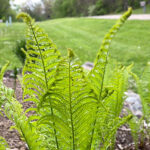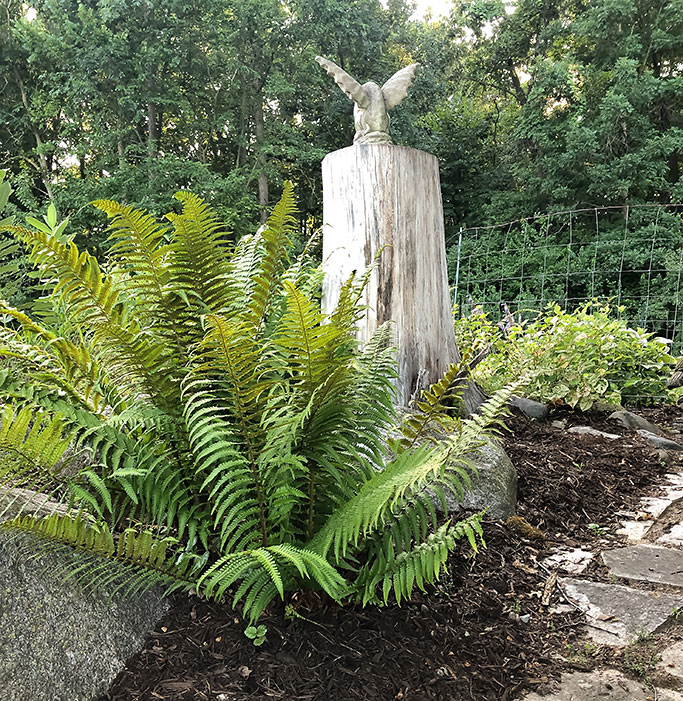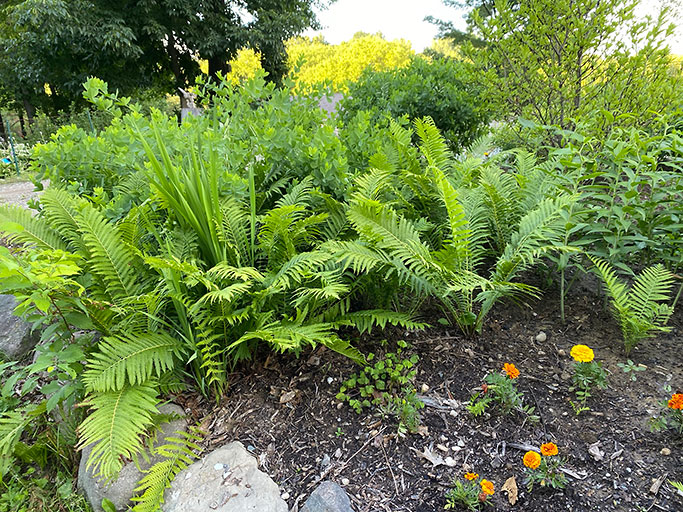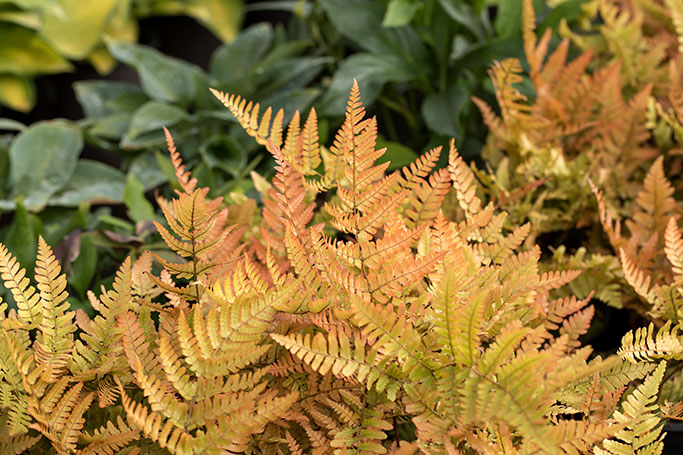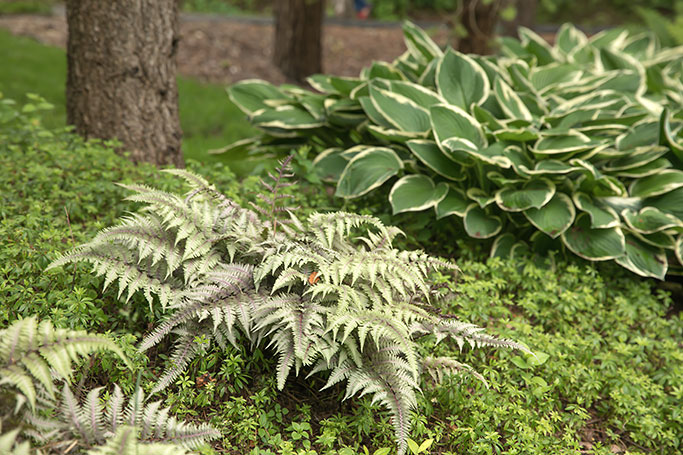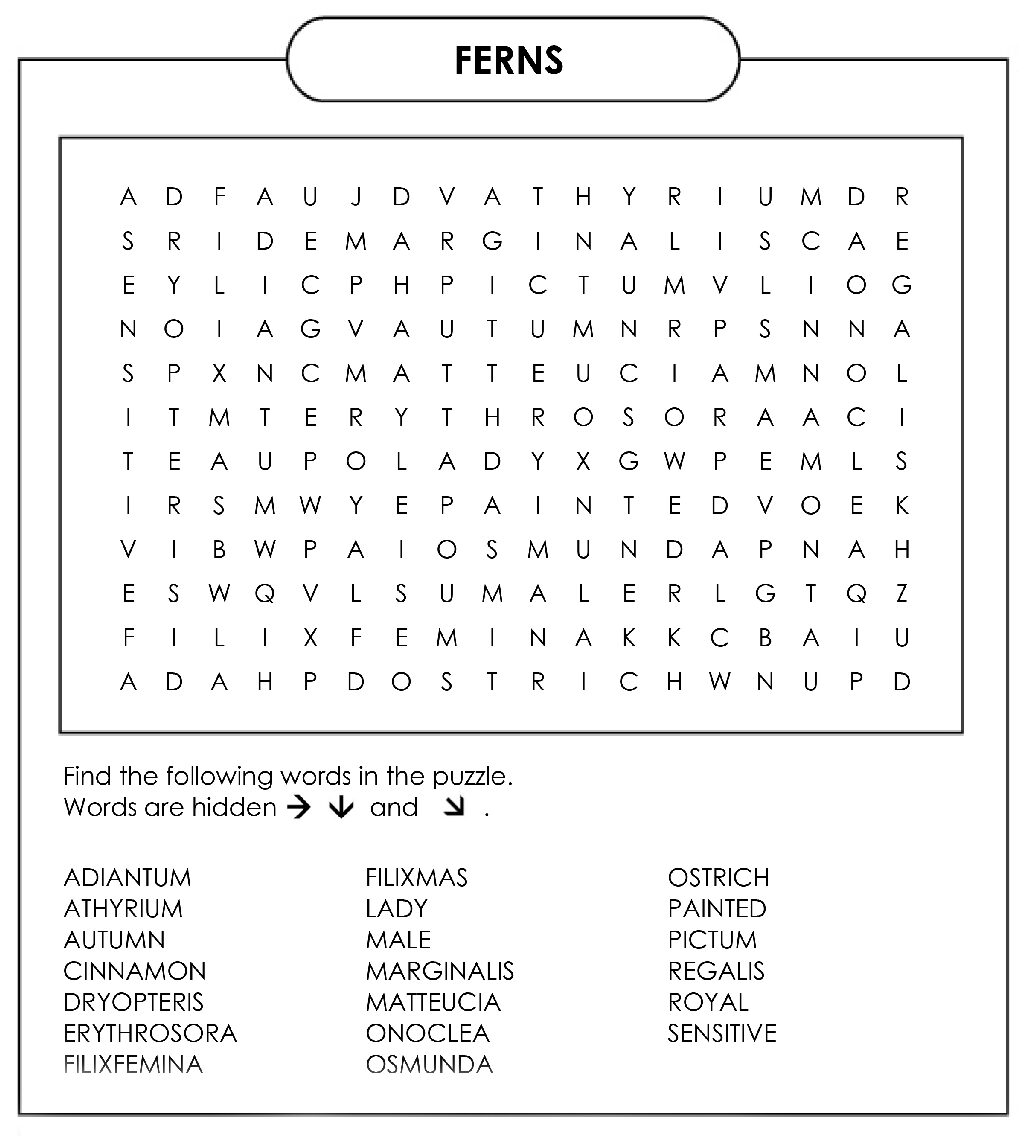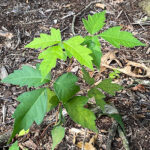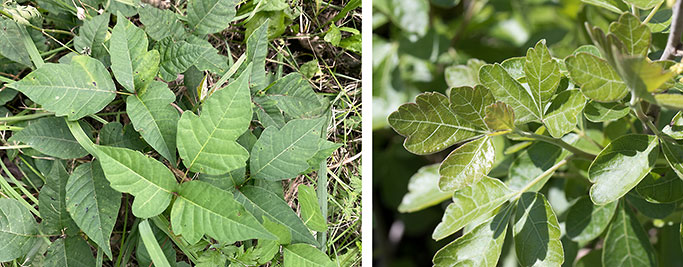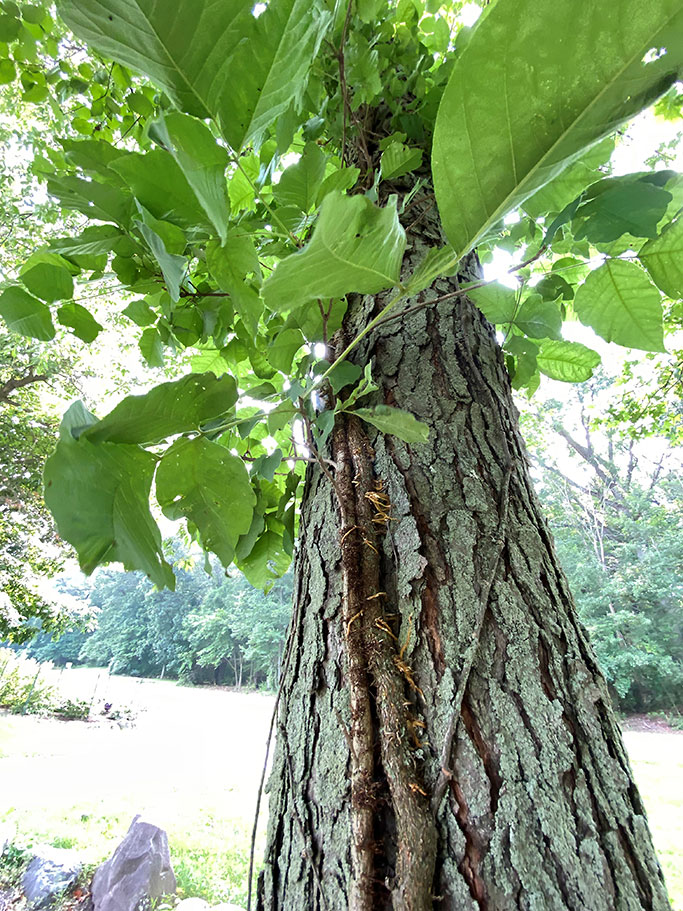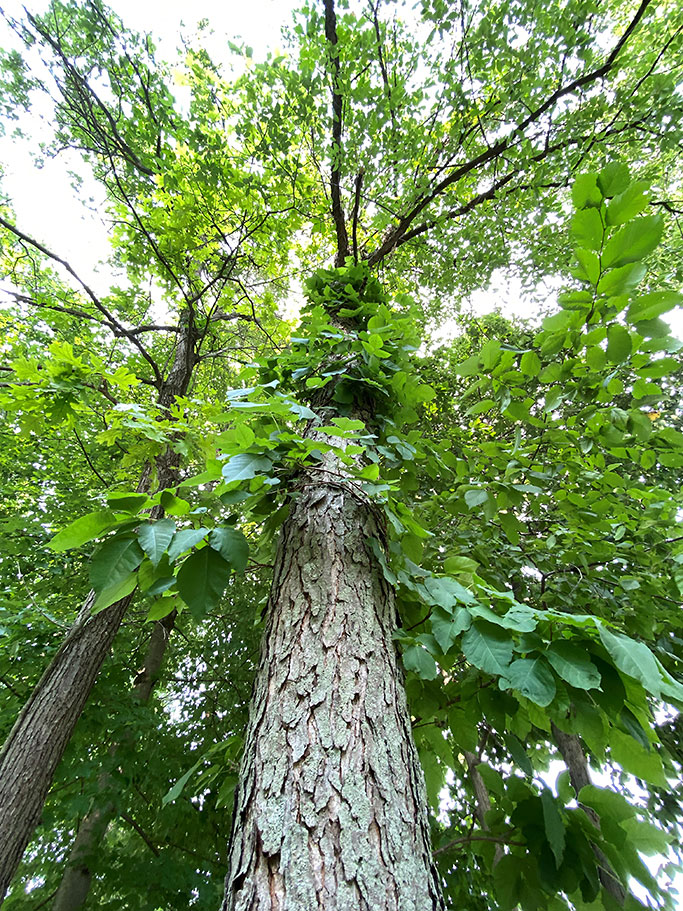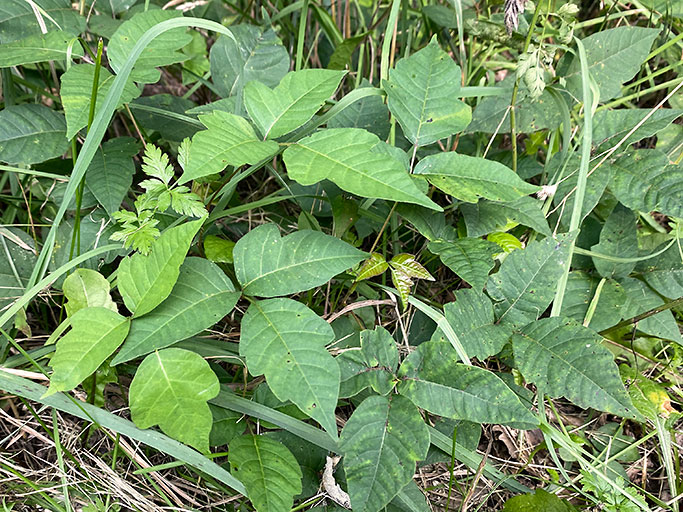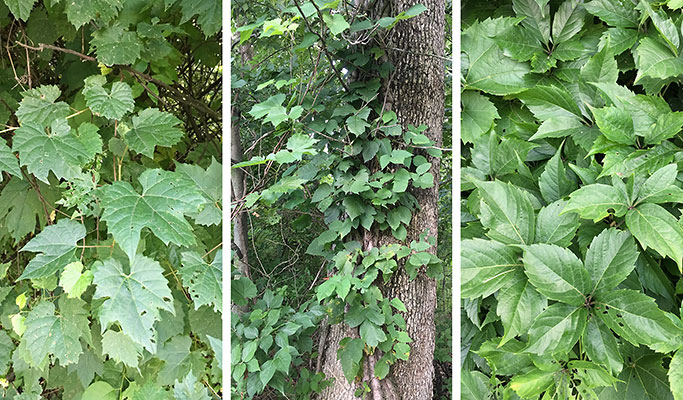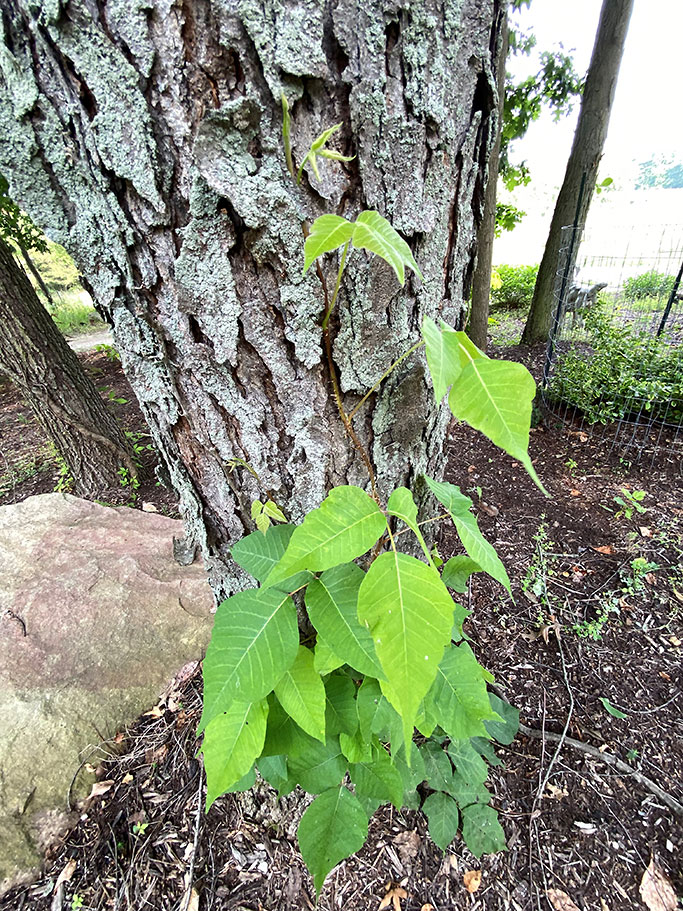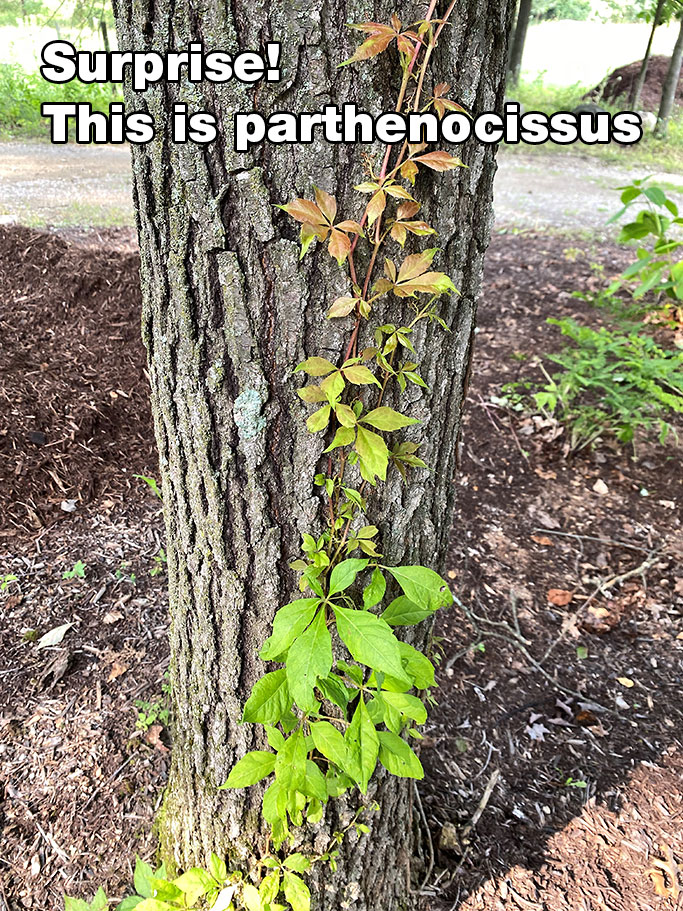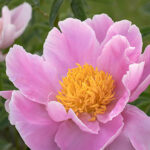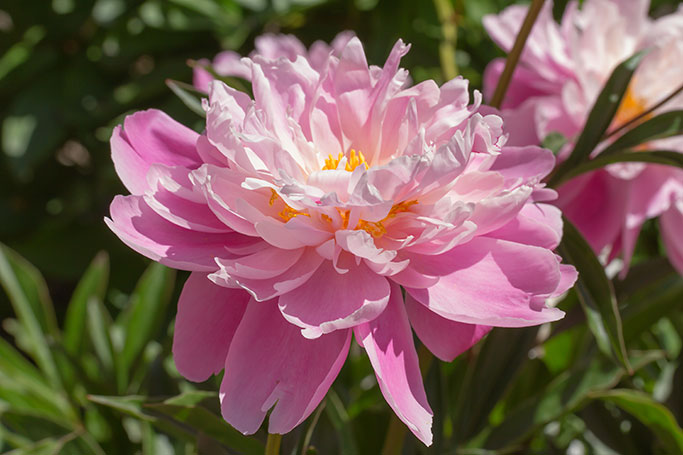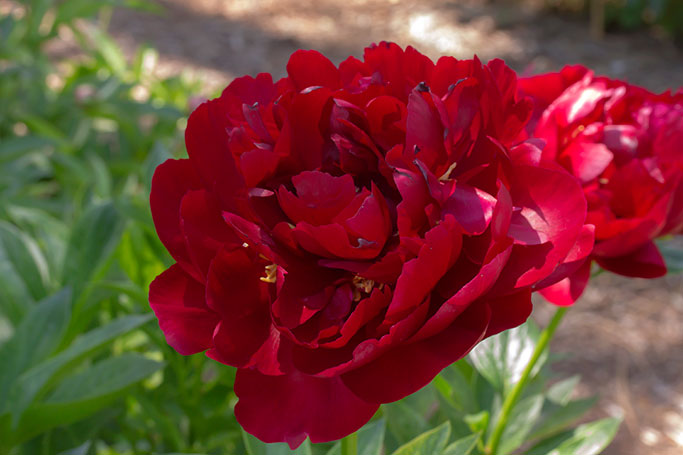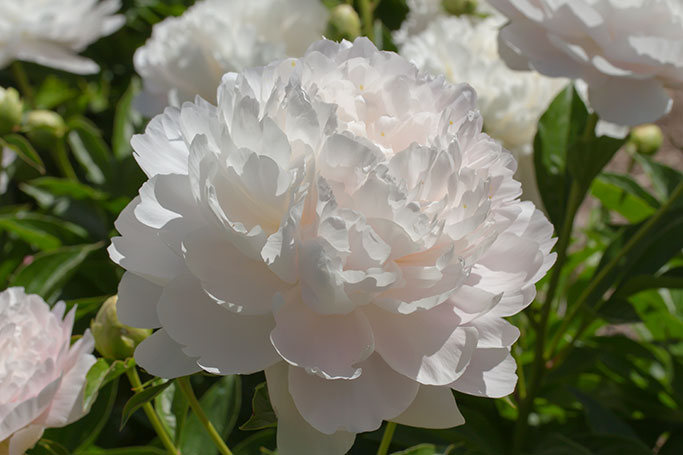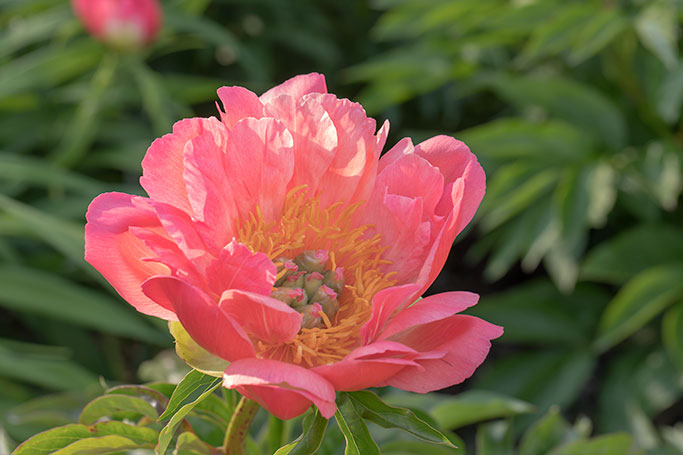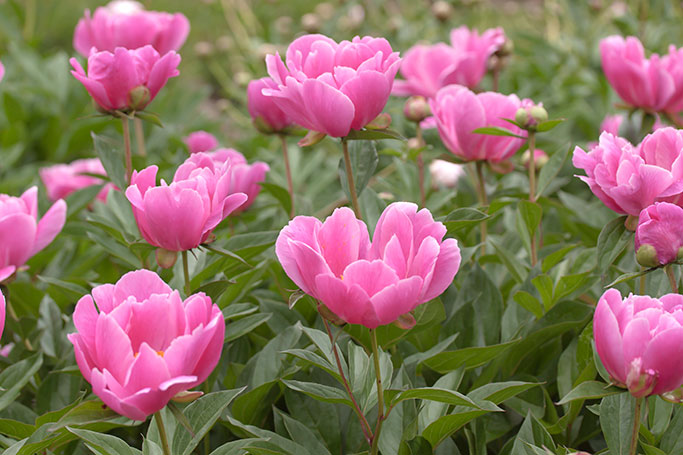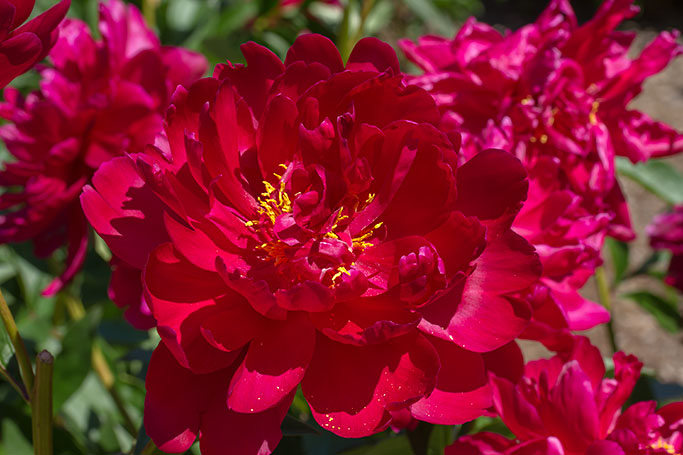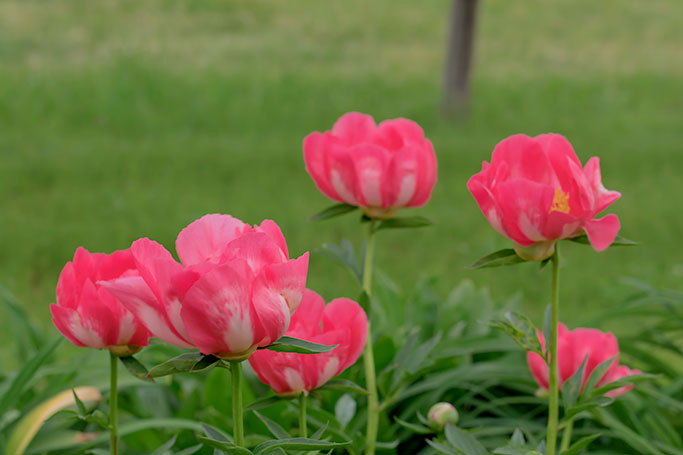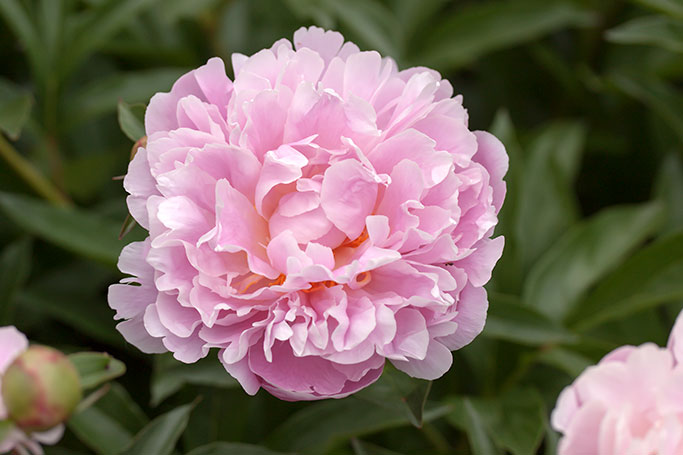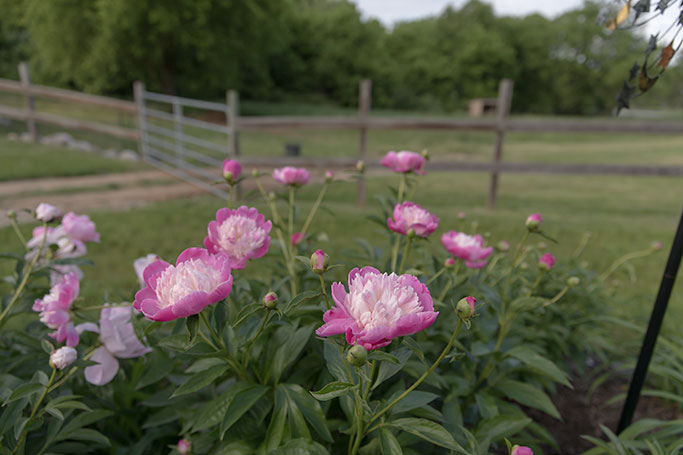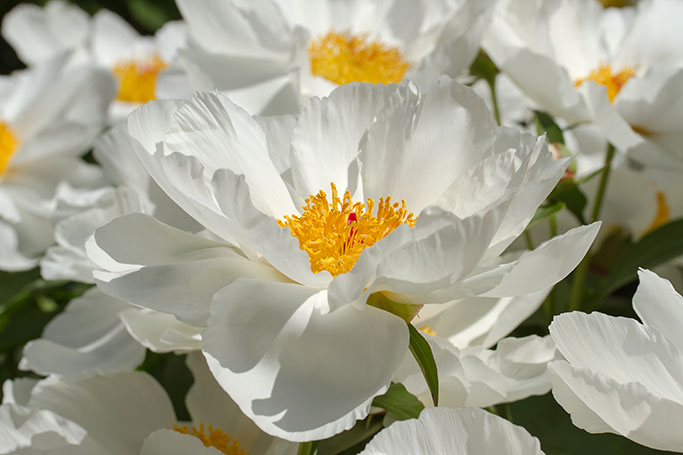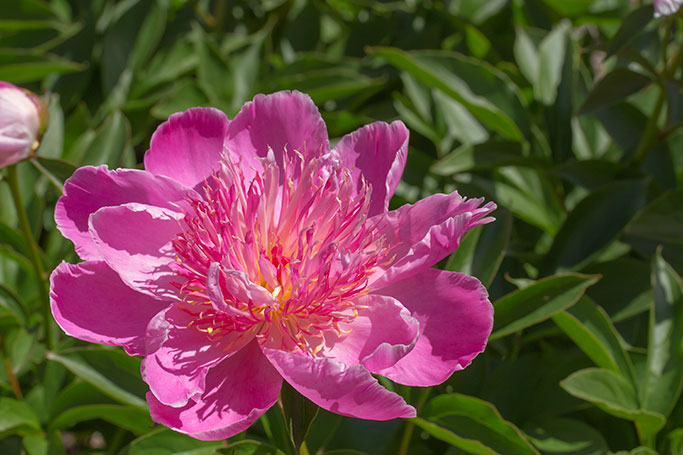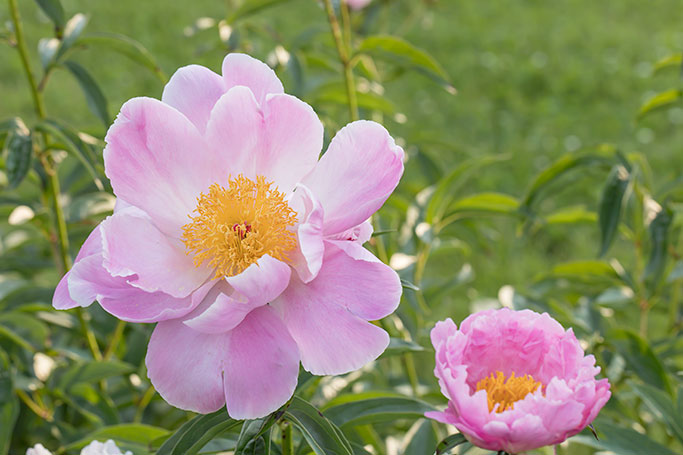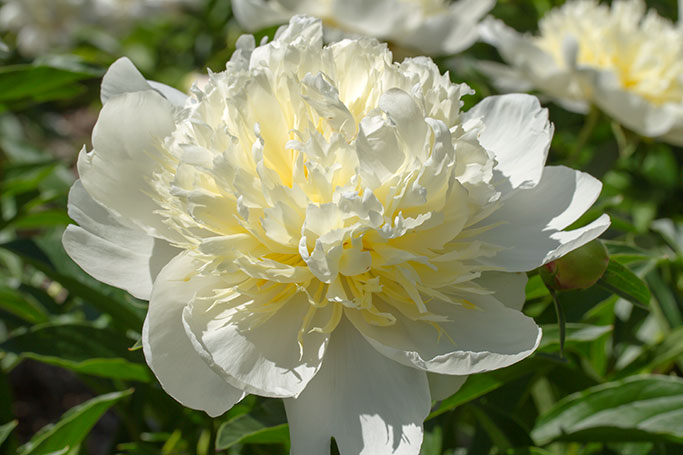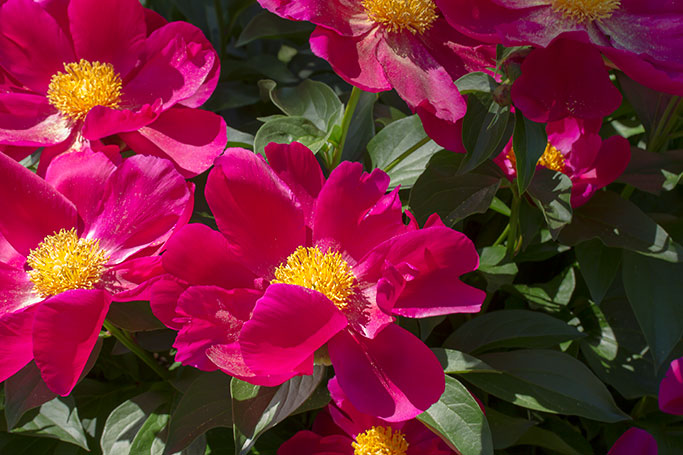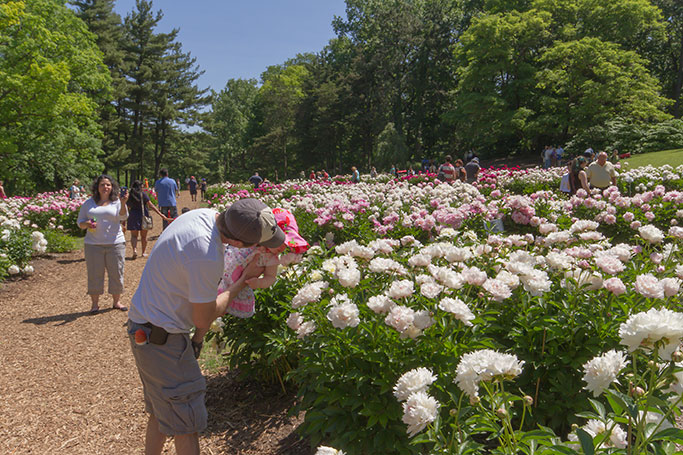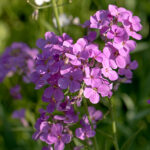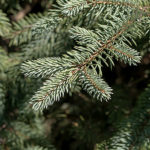When Does Specializing Turn Into Hoarding?
I’ll just come out and say it. I am a Collector. Over the years I have built - and dispersed – so many collections, in categories such as craft supplies, books, glass paperweights, pink flamingos, Westmoreland milk glass, hardy geraniums, hosta, tools and hardware, office supplies, and for a while in the 80’s, budgerigars. At one point I had 18 of them in a giant flight cage. Good times.

It’s an all-American pastime as shown by the popularity of reality shows about hoarders and people who bid on the undisclosed contents of abandoned storage lockers. I haven’t slid so far; I prefer to do my collecting one piece at a time.

But when does “collecting” cross the line into hoarding? To me, collection is all about doing a deep dive into a particular subject and learning as much as you can about it. When I am studying a new topic, reference books get involved, and talking to experts in the subject, joining Reddits or groups, and getting as much hands-on experience as possible. For instance, I have collected figural cast iron - doorstops, bottle openers, party favors, door knockers and bookends – for years and I am pretty good at spotting reproductions and knock-offs.
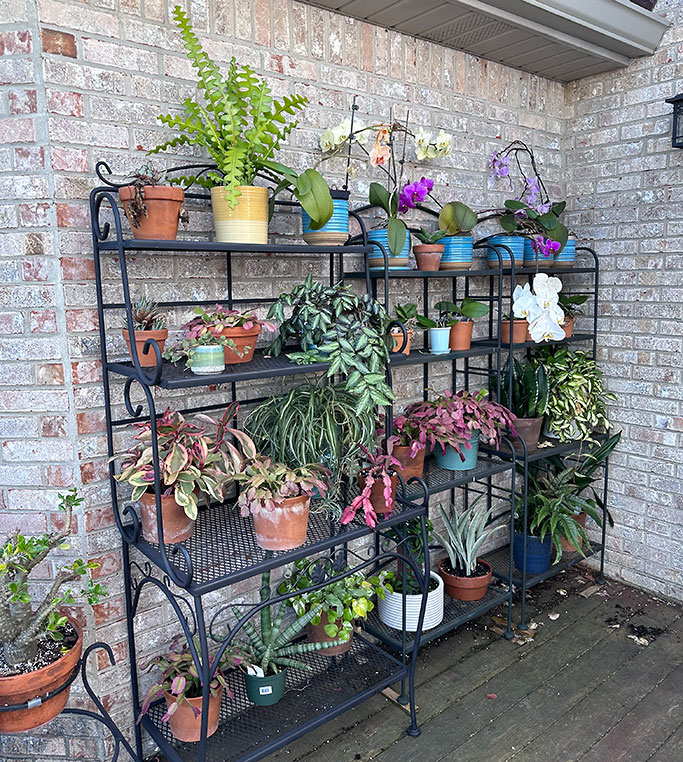
When you really love something it’s easy to get caught up into accumulating, and it can be a rude surprise to look around one day and realize there is not one more square inch in your garden to wedge a single additional hosta, even though you are pretty sure you DON’T already have one virtually identical. That’s where we get to the critical difference between a “collector” and a “hoarder”. If you can’t part with your duplicates or lesser-value pieces; the books you’ve read ages ago and won’t look at again, stuff that’s broken or stuff that you MIGHT find a use for …someday… well, now you’re slipping into hoarder territory. News flash: your kids don’t want your stuff. You might want to winnow down your belongings before it gets bad.
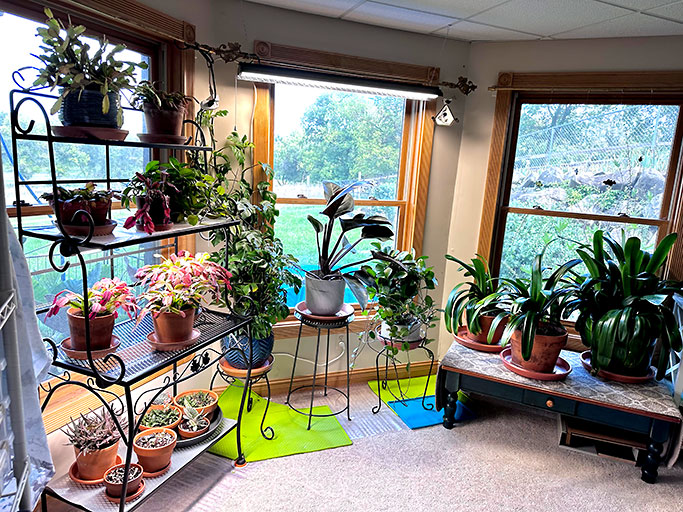
I am not quite there yet. Yesterday I spent ten or twelve hours moving all my house plants back indoors after their summer vacation. Somehow there are more of them now than what went out this spring. I don’t know what happened! I have plants all over the house, on shelves and étagères, under lights and crammed into the windows. I am kind of proud of the fact that I also said farewell to a few of them! I am not a hoarder after all. Just don’t ask me how many house plants I have.


